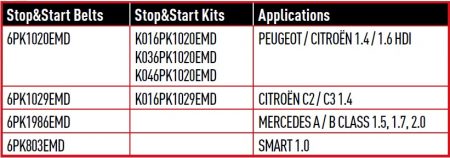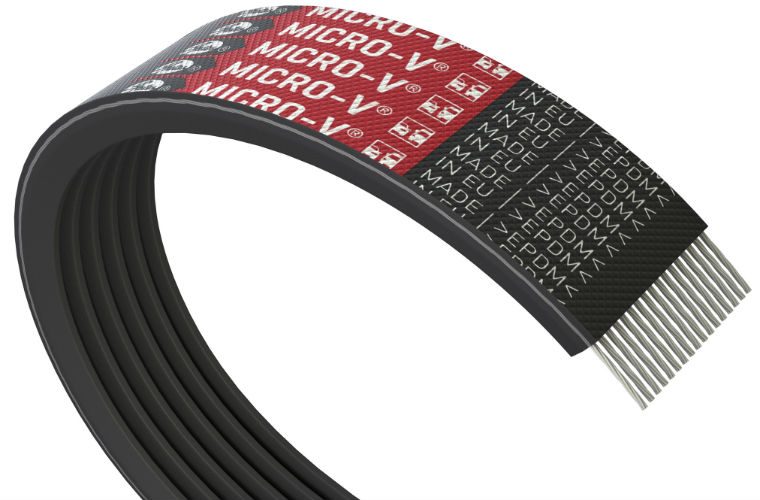Due to plans to limit carbon emissions for all new passenger cars and LCVs fitted with similar engines by 2020, vehicle manufacturers have to continually evaluate various strategies to minimise emissions, from engine to exhaust.
Manufacturers have found managing fuel consumption to be one of the more desirable solutions and are successfully employing EMD driven stop-start systems that are co-developed by Gates.
A conventional starter motor provides a cold engine with the cranking power it requires to start; a warmer engine provides ideal operating temperatures that requires less cranking power for a re-start.
Instead of using the starter motor to rotate the crankshaft, the crankshaft is rotated by means of the generator or alternator via the EMD system’s stop-start belt.
Drivers experience engine shutdown when the gearbox is in neutral position and when the car is slower than approximately 12mph.
When the driver applies the clutch pedal, the alternator receives a signal in order to continue rotating in order to start up the engine.
Tensioners and belt strength
When the crankshaft is providing power to the alternator, the right-hand side of the drive belt is taut whilst the left-hand side of the belt drive is slack.
When the EMD draws power directly from the belt, the tension is on the opposite side of the drive system, meaning the right-hand side is slack and left-hand side taut.

Supported by a two-year/60,000-mile warranty.
A spokesperson said: “EMDs are engineered to employ a specialist belt-driven, two-tensioner system that can control the level of tension exerted on both sides of the drive.
“This ensures smooth operation when in starting and power-generating mode.”
Mechanics of maintenance
Two-tensioner EMD systems do not have specific replacement interval; the essential issue is that there are two tensioners working together as part of a single drive system.
As more strength is required to cope with far greater degrees of tension and torque in the EMD, a standard accessory belt would rapidly wear.
In such cases, debris from the accessory drive can contaminate the timing belt drive with catastrophic consequences to the engine.
Maintaining best practices by fitting a Gates belt kit is integral in ensuring that all parts required for the overhaul are correct, compatible and traceably available from the same source.
For more information, click ‘more details’ below.







